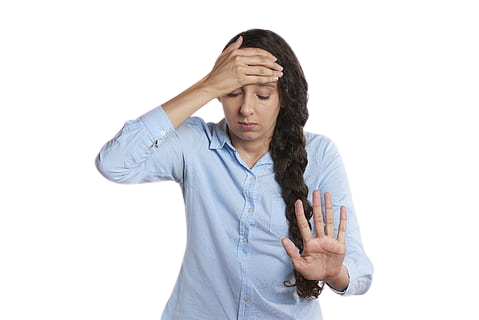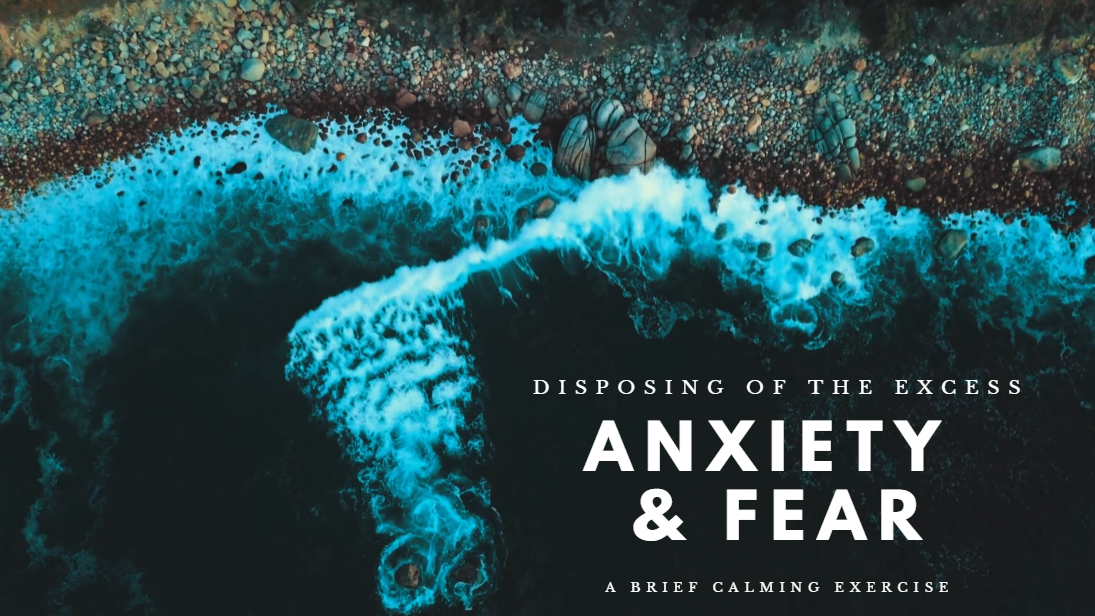Many experts consider the term “disposable society” relates to one of the biggest challenges facing modern western society, which ekes it’s way into the behaviour of the psyche and has little or no long term aid for self care and mental well being.
It refers to a societal mindset and patterns of behaviour characterized by the excessive production, consumption, and discarding of goods and resources. It reflects a culture where items are treated as disposable, with a focus on convenience and immediate gratification rather than long-term sustainability. This could be easy to buy medication and also possibly lead to the rise in fake Gurus.
In a disposable society, there is a high turnover of goods, and items are often designed and manufactured with planned obsolescence in mind. This means that products are intentionally designed to have a limited lifespan, encouraging consumers to replace them frequently. This mindset promotes a throw-away culture which assumes the future will take care of itself but all it achieves is a brief moment of respite.
Yet in relation to the maintenance of our minds, a more sustainable solution requires a shift in mindset and behaviour. It involves embracing principles that become habits engrained within us, which we can reuse and call on at any given moment, anywhere we stand. The mindset change is the big one as we all know.
For me personally, I feel that excess is just as big a challenge as living by disposable means. And for those who have a mind that wanders chaotically and noisily even on the calmest days then excess is often a first port of call. And. When excess holds hands with Doctor disposable, we have a never ending whirlwind flinging us from A to H to Z to B.
Doing something excessively refers to engaging in a behaviour or activity to an extreme or disproportionate extent. It implies going beyond what is considered normal, healthy, or balanced in terms of frequency, duration, or intensity. Excessive behaviour can have negative consequences and impact various aspects of a person’s life, including physical health, mental well-being, relationships, and overall functioning.
Excessive behaviour can manifest in various forms, such as excessive working, exercising, eating, shopping, gaming, or using substances. It often becomes a repetitive pattern that individuals find difficult to control or stop, even when they are aware of the negative consequences.
Excessive behaviour can be a symptom of underlying issues, such as addiction, obsessive-compulsive disorder (OCD), anxiety, depression, or other mental health conditions. It may serve as a coping mechanism to manage stress, emotions, or other psychological challenges.
Recognizing and addressing excessive behaviour is crucial for overall well-being. Treatment options may include therapy, counselling, support groups, lifestyle changes, and, in some cases, medication. The specific approach will depend on the nature of the excessive behaviour and its underlying causes.
Having read the above, consider for now, something aside from all the big super scary excessive behaviours to one which we all know well enough. We have all faced at some point and some face daily.
Unreasonable fear.

Also known as an irrational fear or phobia, refers to an intense and persistent fear or anxiety about a specific object, situation, or activity that is disproportionate to the actual threat posed. In other words, it is a fear that is deemed excessive or unwarranted based on the circumstances.
Unreasonable fears can manifest in various forms and may be triggered by different stimuli, such as spiders, heights, flying, public speaking, enclosed spaces, or certain social situations. While it is natural for individuals to experience some level of fear or anxiety in certain situations, unreasonable fears go beyond what is considered normal or rational.
People with unreasonable fears often recognize that their fear is excessive or irrational, but they struggle to control or overcome it. The fear can significantly impact their daily lives, leading to avoidance behaviours and limiting their ability to engage in activities that others may find routine or non-threatening.
Treatment options for unreasonable fears typically involve psychological interventions, such as cognitive-behavioural therapy (CBT), exposure therapy, or medication in some cases. These approaches aim to help individuals gradually confront and desensitize themselves to the feared object or situation, re-evaluate their thoughts and beliefs surrounding the fear, and develop coping strategies to manage anxiety.
It is important to note that everyone experiences fear to some degree, and what may seem unreasonable to one person could be a legitimate fear for another. The key factor in determining whether a fear is unreasonable is the extent to which it interferes with an individual’s daily functioning and quality of life.
I would like to offer in this article an exercise to be done easily, where you sit, for overcoming unreasonable fear. And by unreasonable I mean any fear, anxiety or level of stress which is over the top and excessive compared to a cautious fear you actually need to survive and be effective in the world, not to mention enjoy life.
The purpose of this exercise, in these excessive moments of fear such as panic attacks for freezing under strain, is the gaining control over unnecessary levels of fear means you become much happier and more able to focus on long term goals. Feeling anxious a lot of the time inhibits our lives and crushes self confidence and optimism.
During a panic attack, breathing can be significantly affected, leading to a range of physical sensations and symptoms. One of the key aspects of a panic attack is the activation of the body’s stress response, often referred to as the “fight-or-flight” response. This response triggers a series of physiological changes designed to prepare the body to deal with a perceived threat or danger.
In the context of breathing, a panic attack can cause various disruptions. Here are some ways in which breathing can be affected during a panic attack:
- Hyperventilation: One common breathing pattern during a panic attack is hyperventilation, which refers to rapid and shallow breathing. This can lead to an imbalance of oxygen and carbon dioxide levels in the body, causing symptoms such as light-headedness, dizziness, shortness of breath, and tingling sensations.
- Chest tightness: Many individuals experiencing a panic attack may feel a sensation of tightness or constriction in their chest. This can create the perception of difficulty in breathing deeply or fully, leading to further anxiety and distress.
- Shortness of breath: Some individuals may feel as though they are unable to take in enough air, resulting in a sense of breathlessness. This feeling can intensify the fear and anxiety associated with the panic attack.
- Irregular breathing patterns: Panic attacks can disrupt normal breathing patterns, leading to irregularities such as rapid breathing, shallow breaths, or even holding the breath. These irregular patterns can further exacerbate feelings of anxiety and panic.
It is important to note that while these breathing difficulties can be distressing and uncomfortable, they are not life-threatening. They are temporary and typically subside as the panic attack subsides.
It’s always worth remembering that when you breathe in a sharp intake of breath, you activate the anxiety response, the sympathetic nervous system to do a fight or flight. When you breathe out, you activate the relaxation response, the parasympathetic nervous response. So when we sigh it’s because subconsciously, we’re seeking to switch off stress caused by tiredness or exasperation. or for whatever reason, and people who panic, you’ll notice Gulp huge amounts of air just as they would if they were sprinting hard. This causes what’s known as hyperventilation, a classic panic attack symptom. So remembering to breathe out, can calm you down very quickly. And when you breathe out more slowly and for slightly longer than you breathe in, he can’t help her relax. This principle is so simple, it’s often missed, even by people giving out otherwise good advice on controlling panic and building confidence. It’s so important. Now the best way to tame fear is to do it in advance of a situation in which you’d expect to feel fearful. But if you catch yourself unexpectedly, feeling fearful, actually, in a situation, do the following. And I’ll talk you through it now. So you can relax over the next couple of minutes. So if you ever catch yourself starting to feel less relaxed and calm if you’d like to, in a situation, and you don’t even need to close your eyes for this is you can use it wherever you happen to be. And we’ll do it now.

